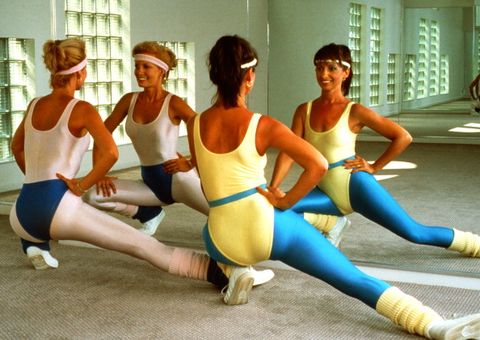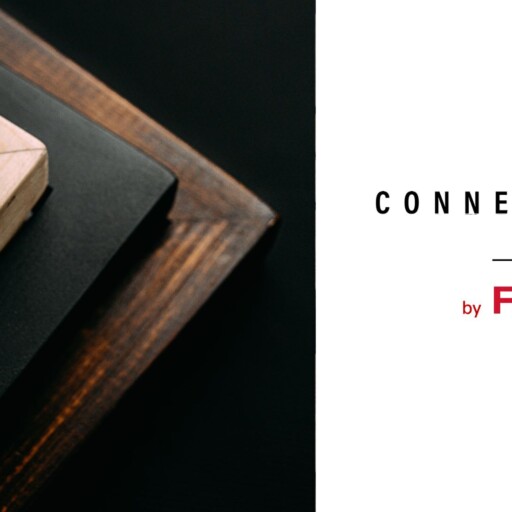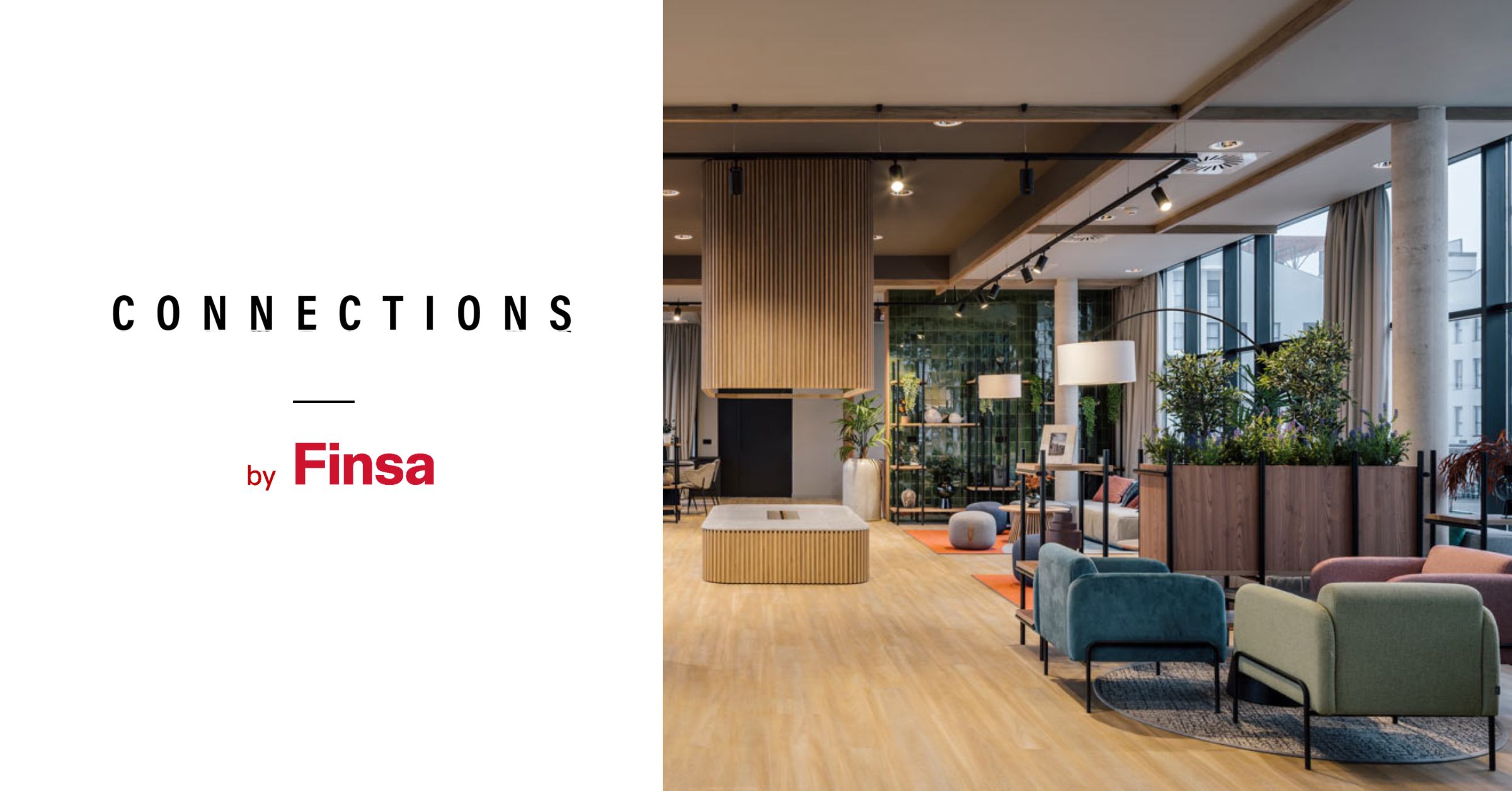Athleisure is a revolution that has taken over the whole fashion industry, from activewear to high fashion brands, taking sporty style to the streets. The word was first used in 2011, derived from a combination of “athletic” and “leisure”, and has defined a trend linked to a global movement towards…a healthier lifestyle perhaps? Well, actually, no. We aren’t wearing more activewear because we are doing more sport, but rather because we want to be more comfortable.
Generation Z is leading the charge in this new way of understanding and wearing activewear, something which is making millions for the textile industry. Athleisure is the perfect combination of comfort, fashion, and functionality that adapts to the 21st century lifestyle, since people don’t want to dress differently for work and leisure. The word might be new, but the trend certainly isn’t.
How it all began
In the early 20th century, working hours were reduced, which led to people have free time, that they started to use to do physical activity. That’s how gyms and more comfortable clothes suitable for exercise came into being. Clothes made for us to sweat in began to be worn in the street to achieve a more informal and sportier look, something that changed the fashion world. For centuries, the quality and tailoring of clothes set people apart. But activewear made us all equal: now you can wear the same leggings as Beyonce, the same hoodie as Mark Zuckerberg, and share sneakers with members of the opposite sex.
https://www.instagram.com/p/B7barSPnK_d/?utm_source=ig_web_copy_link
From Lycra to high-tech fabrics
The rise of activewear brought technological innovation in terms of fabrics. After cotton and wool, the discovery of synthetic fabrics made in a laboratory opened up a whole new world of possibilities. That’s what happened with Lycra, that, when mixed with natural fibres, became a light, stretchy fabric that adapted perfectly to all bodies, revolutionising activewear design.
Research has led to the creation of new high-tech fabrics that are breathable, dry quickly, control odours, protect us from UV rays, and don’t wrinkle. They have removed all the annoyances that came along with informal clothing. Upcoming innovations will incorporate new payment technology into clothing, so you can go for a run or to the shops without even having to take your bank card with you.

Leggings are the new jeans
The above saying from Mark Parker, CEO of Nike, lives on. Leggings are no longer just designed to be worn at the gym or in a yoga class. They have become the new staple of the female wardrobe, taking the place of jeans, while sneakers have replaced stilettos. Luxury versions of activewear have even reached the catwalks. Brands like Fendi and Tommy Hilfiger are now selling leggings with a price tag of over 300 euros.
Actress Kate Hudson, co-founder of the activewear line Fabletics, explained the key to her brand’s success in the documentary series Explained: “I want to be able to have it be acceptable that I can go and work out, take my kids to school, and then show up to work [in leggings] and I don’t want to break the bank or have to change on the go. I want to wear one legging, really. And I think that’s why activewear has become so enormous. It just suits the modern woman.” The sales figures speak for themselves: today, women are buying more leggings than jeans.
https://www.instagram.com/p/B9W3xFdpDRl/?utm_source=ig_web_copy_link
From low cost to haute couture
Television made athletes famous, and we all wanted to imitate them, with their hoodies, leggings, and sneakers. Brands took note and started to incorporate this way of dressing into their catalogues. All low-cost clothing chains have their own lines of activewear, like H&M Sport, Oysho Sport, and Gap Fit, and athleisure became a mass phenomenon. In the 90s, walking around in a tracksuit might have made you the object of ridicule. But now, the new go-to outfit for going shopping or having brunch with your friends consists of some leggings, an oversize sweater, sneakers, and a woolly coat.
https://www.instagram.com/p/B8zA5K_nWU9/?utm_source=ig_web_copy_link
The fact that celebrities have embraced the trend has solidified it and brought it to high-end brands. Some of the pioneers include Chanel and Dior, who included sneakers in their 2014 Spring runway shows. These high-end runners designed by Karl Lagerfeld and Raf Simons were followed by others from Armani and Prada in what turned into a true ‘sneaker fever’. If leggings are the new denim, sneakers have become the shoe that goes with everything, from jeans to suits to dresses.
https://www.instagram.com/p/B5sDSMSDQaV/?igshid=1vnhhn6sdtmd4
But this trend doesn’t stop at our feet. For their 2016 spring collection, Atelier Versace adapted activewear features, like bands, cords, and ergonomic details, to high-end fashion. And so ‘luxury sportswear’ was born, something which continues to grow through offerings like that of French brand Longchamp, who have included multi-functional pieces in their Spring/Summer collection for this year – sweaters that turn into dresses and crop tops that you can wear to the gym.
Many activewear brands have been moving into the world of urban streetwear, which has resulted in collaborations with some big names in fashion: Riccardo Tisci, Givenchy’s creative director, has been collaborating with Nike since 2014, and Alexander Wang has created six collections for Adidas Originals. Pop stars have also gotten in on the trend, with collections like Fenty by Rihanna for Puma and the new Adidas by Ivy Park from Beyonce. All these lines have an uninhibited design approach and have been designed with more than just going to the gym in mind.
https://www.instagram.com/p/Bxwq6ruoBRC/?igshid=1f3sn9tcts3pt
A bride in a white tracksuit
Athleisure has already revolutionised dress codes of the future and it is daring to go further than just street style. It has made its way to the runways, the high-end luxury of big-name brands, and even the red carpet. We saw this at the last MET Gala, where tennis player Serena Williams combined an extravagant Versace dress with some neon yellow Nike sneakers, and Kanye West wore a Dickies ensemble.
But could you imagine a bride getting married in a tracksuit? A few years ago, this would have seemed bizarre, but it’s already a reality for designers like María Escote. She made the tracksuit the star of her 2019 Spring-Summer collection, with different versions that even included a bridal tracksuit. It was voluminous, with an 80s touch, covered in pearls, flounces, and finished off with a tulle veil. Another designer that has taken the risk is Naeem Kham, with a white-trimmed, straight-legged trouser and zippered hoodie ensemble. Off-White created a collection in collaboration with Nike in which the activewear pieces were an example of wedding fashion. It’s the ideal option for untraditional brides, like rapper Cardi B, who got married in a white tracksuit.
https://www.instagram.com/p/Bk-kzIon2Dw/?utm_source=ig_web_copy_link




